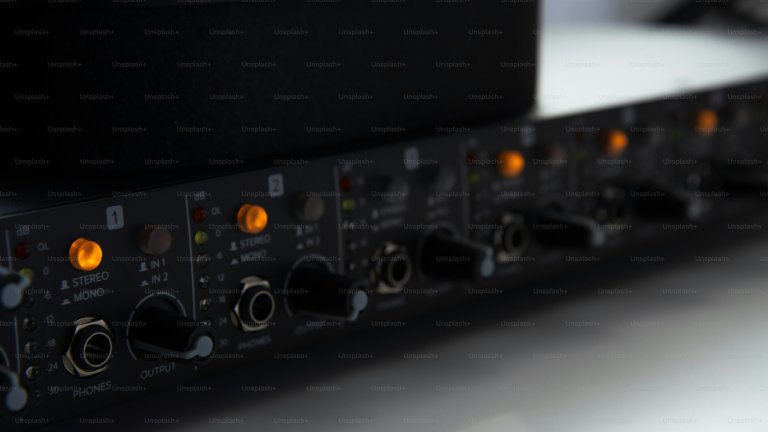The Premier Twelve Amplifier by Conrad Johnson
The Conrad Johnson Premier Twelve Amplifier is a high-end, high-performance amplifier designed for audiophiles who demand the best in sound quality. It is a flagship product from renowned audio company, Conrad Johnson, known for their top-of-the-line audio equipment. The Premier Twelve Amplifier boasts impressive specifications and features that make it a top choice among audio enthusiasts.
Design and Build
The Premier Twelve Amplifier has a sleek and elegant design that exudes luxury. The chassis is made of high-quality aluminum with a brushed silver finish, giving it a modern and sophisticated look. The front panel features a large VU meter, which adds a touch of nostalgia and is reminiscent of classic audio equipment. The amplifier has a solid build quality, with attention to detail evident in every aspect of its design.
Power and Performance
At the heart of the Premier Twelve Amplifier is its massive toroidal power transformer. This transformer provides a continuous power output of 180 watts per channel, making it one of the most powerful amplifiers in its class. Its high current delivery ensures that even the most demanding speakers can be driven effortlessly. The amplifier also boasts a wide frequency range of 20Hz to 20kHz, resulting in a rich and detailed sound reproduction.
One unique feature of the Premier Twelve Amplifier is its bias meter, which allows users to monitor and adjust the bias of each individual tube. This ensures that the tubes are always operating at optimal levels, resulting in better sound quality and overall performance.
Sound Quality
The Premier Twelve Amplifier delivers exceptional sound quality that is clear, detailed, and dynamic. It has a warm and inviting sound signature that is typical of Conrad Johnson amplifiers. The mid-range is particularly impressive, with a natural and accurate reproduction of vocals and instruments. The highs are airy and extended, while the bass is deep, controlled, and punchy. The overall sound presentation is balanced and natural, with a wide soundstage and precise imaging.
The amplifier also has a low noise floor, which means that there is minimal distortion and interference, resulting in a cleaner and more detailed sound. The power reserves of the Premier Twelve Amplifier ensure that it can handle complex and demanding music passages with ease, reproducing them accurately without any loss in quality.
Connectivity and Compatibility
The Premier Twelve Amplifier has a variety of connectivity options, making it compatible with a wide range of audio components. It has both balanced and unbalanced inputs, allowing users to connect it to different sources such as CD players, turntables, or streaming devices. The amplifier also has speaker output connections that can accommodate both bi-wire and single wire configurations.
Additionally, the Premier Twelve Amplifier is compatible with a variety of speakers, whether they are high-sensitivity or low-sensitivity. Its massive power output can handle any speaker with ease, producing an outstanding sound quality that is unparalleled.
Final Thoughts
The Conrad Johnson Premier Twelve Amplifier is a premium amplifier that combines exceptional design, build quality, and performance. It is an investment for those seeking to take their audio system to the next level. Its powerful and dynamic sound, combined with its versatility and compatibility, make it a top choice for audiophiles who demand the best. With the Premier Twelve Amplifier, Conrad Johnson has once again proven why they are a leader in the high-end audio industry.
If you are a true audiophile looking for an amplifier that delivers the ultimate listening experience, the Premier Twelve Amplifier by Conrad Johnson is worth considering. Its combination of power, performance, and versatility makes it a top choice for discerning music lovers who want nothing but the best.






